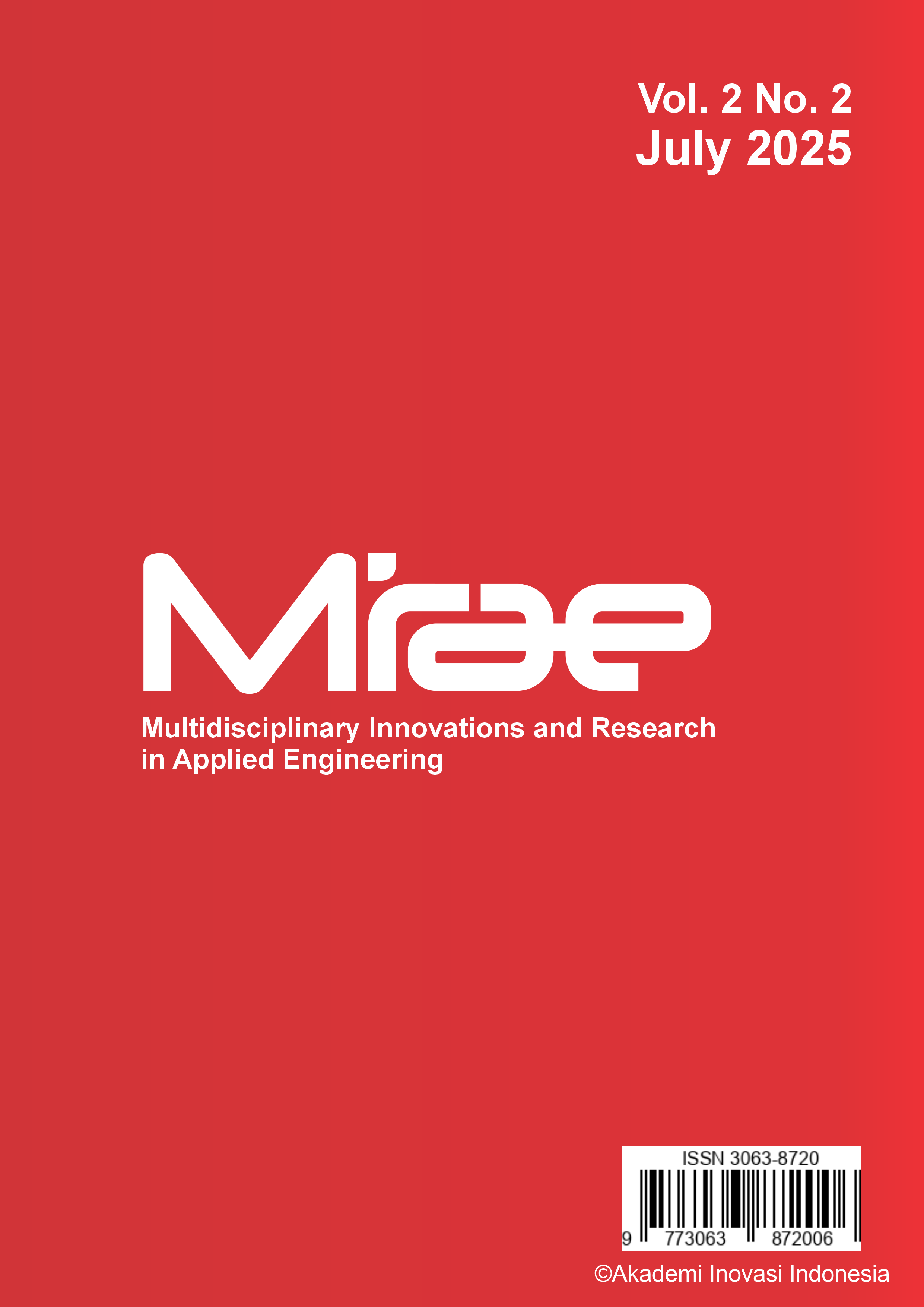Photodegradator for Photocatalytic Enhancement of Laboratory Wastewater Quality

Abstract
Laboratory activities such as practical courses, research experiments, and sample analyses often generate waste, with liquid effluents being the most prevalent. Proper treatment of these liquid wastes is essential prior to discharge into the environment to prevent contamination. Photocatalysis, a process that employs photon-activated semiconductor oxides, has emerged as a promising approach for wastewater treatment. In this study, bismuth oxide was developed as an alternative photocatalyst capable of operating under both UV and visible light. The material was synthesized via the sol–gel method and subsequently deposited using a spray-coating technique. The fabricated photocatalytic reactor was designed with integrated reaction chambers, control systems, and adjustable light intensity to enhance wastewater purification. Reactor parameters were systematically optimized to establish the most effective configuration for pollutant degradation. Experimental results demonstrated that higher light intensities significantly reduced the absorbance of liquid effluents, indicating a substantial decrease in contaminant concentration. Furthermore, the chemical oxygen demand (COD) and biological oxygen demand (BOD) of treated wastewater decreased by 24% and 64%, respectively.
Keywords
Photocatalyst, Bismuth Oxide, Laboratory Wastewater
